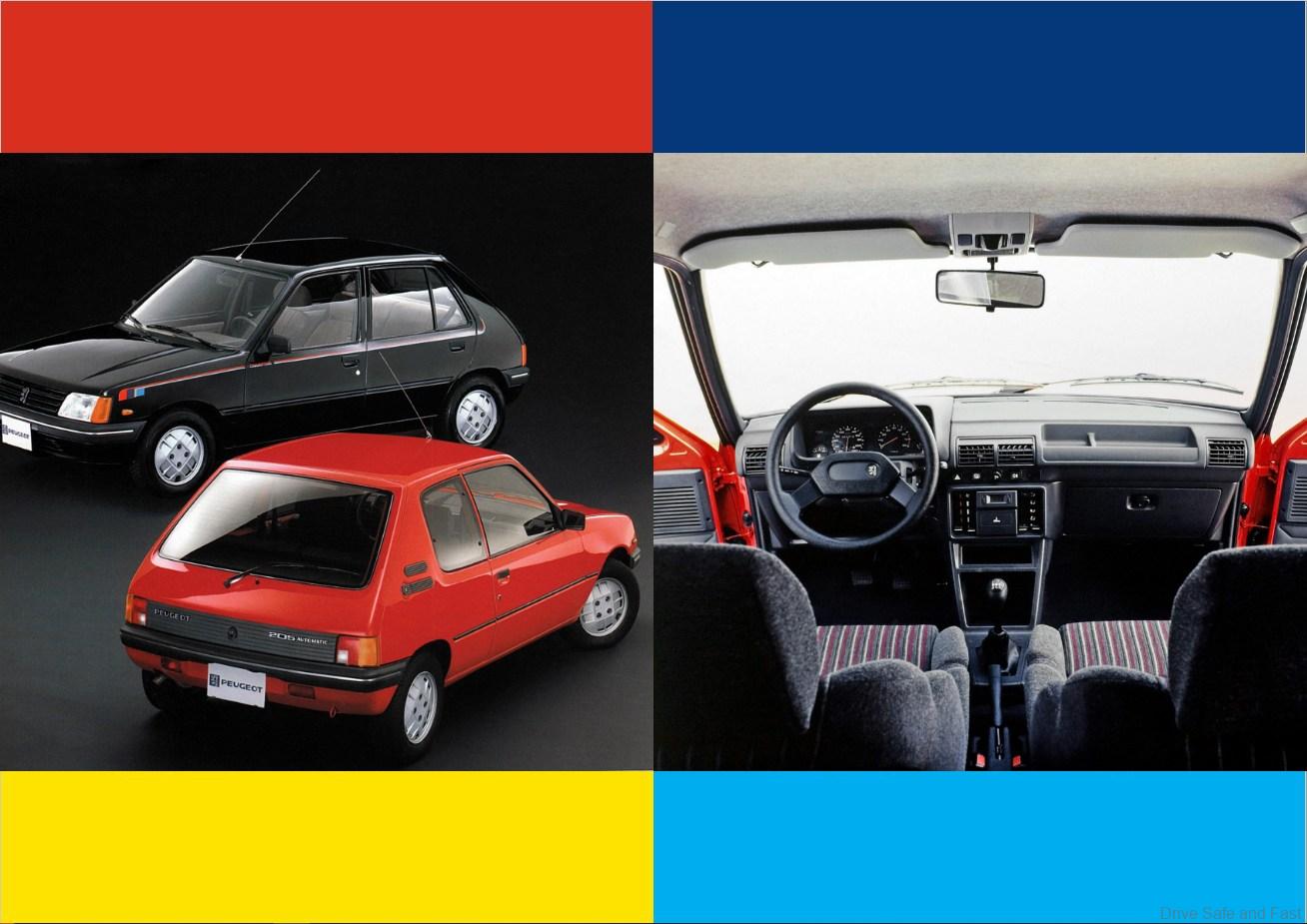The Peugeot 205 turns 40. Few Malaysians will appreciate this automotive icon.
On February 24, 1983, Peugeot introduced the 205 model that would transform the brand’s image and become a legendary city car. The 205 is uncommon (a few 205 GTI units were brought in) in Malaysia especially compared to its successor, the 206. That being said, the 205’s impact on the Peugeot brand was very substantial in Europe and many other parts of the world.
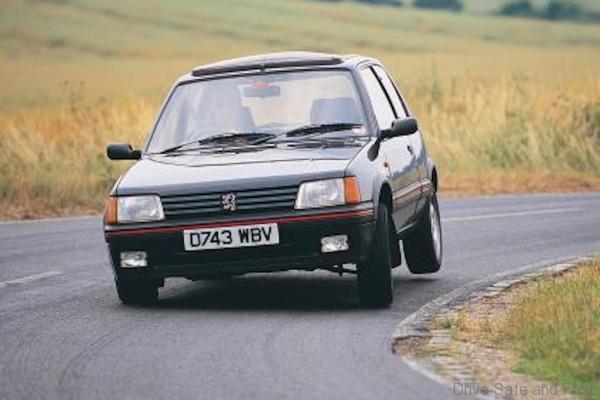
You see, Peugeot was struggling to make ground against the Renault 5 in the supermini segment until the 205 came around. The launch of the Peugeot 205 cemented the brand’s reputation as a modern and innovative automaker, with a car that was practical, efficient, and affordable. It’s so important to the brand that on its 210th anniversary, Peugeot celebrated by restoring a 205 GTI. Let’s take a closer look at the epic story of the Peugeot 205.
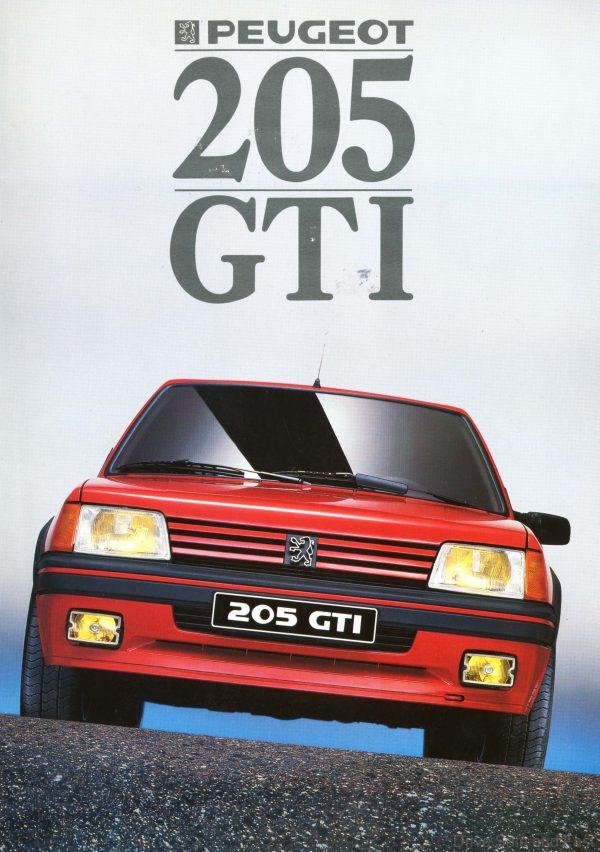
The history of the Peugeot 205 is a story of determination, ambition, and creativity. Jean Boillot, a member of the Peugeot board of directors, proposed the idea of a new small car that would be a game-changer for the company. It would be a multi-purpose car that could navigate city roads and country roads with ease, provide enough room for a small family, and be affordable for the masses.

In terms of design, the Peugeot 205 was a departure from the Pininfarina-designed models of the past. The in-house stylists led by Gérard Welter won the competition with a more modern and fluid design that incorporated distinctive signs that would become hallmarks of future Peugeot models. The Peugeot 205 was also the first Peugeot model to receive torsion bars at the rear, which created more space in the passenger compartment.
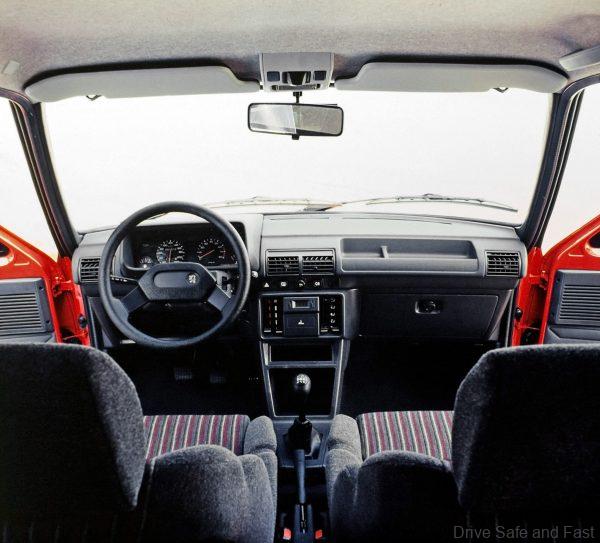
Technically, the Peugeot 205 was a game-changer for Peugeot, introducing the brand to the modern era with its compact yet spacious design, practical hatchback, and efficient and economical engine. The XU engine family was introduced with the Peugeot 205, including the XUD7, a four-cylinder 1,769 cc engine with 60bhp. This engine made the Peugeot 205 the first small French diesel car and the first small diesel model to offer a performance equivalent to its petrol counterparts, but with much lower consumption.

The Peugeot 205 was also the first small Peugeot to offer such a wide and varied range of engines, ranging from 45 to 200 horsepower. The legendary GTI and Turbo 16 models were introduced in 1984, along with a 3-door body. A range of versions followed, from the affordable Junior model with denim seats to the chic Lacoste and Gentry models.
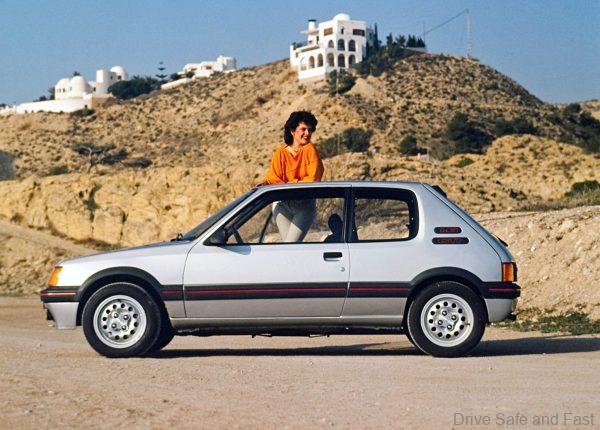
The Peugeot 205 had a marketing strategy that matched its attributes. Its launch was accompanied by the nickname “sacred number,” which resonated with the public. The famous TV ads, including the chase scene on a frozen lake, were effective and very much in keeping with the times.
Motorsport was a powerful tool for promoting the Peugeot 205 and the brand. The Peugeot 205 Turbo 16 helped Peugeot win the manufacturers’ world title in 1985 and 1986, and Timo Salonen and Juha Kankkunen won the drivers’ title. The Peugeot 205 T16 was also successful in the Paris-Dakar rally in 1987 and 1988.

For a short time, Peugeot even experimented with an electric version of the 205, but that never was offered to the public. It was powered by lead-acid batteries that were located under the hood. Below those batteries was a single 30hp electric motor. Needless to say, this electric 205 was slow (100km/h max speed) and had a range of just 138km, after which you’d have to plug it in for 10 hours.
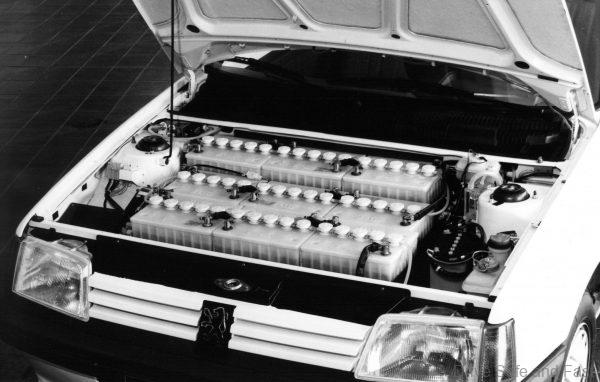
After a long and successful career, the Peugeot 205 was retired in 1998. However, it remains a “sacred number” in the minds of car enthusiasts, as the car that built the foundation of an exceptional line of successful city cars, including the Peugeot 206, Peugeot 207, and the current Peugeot 208. Learn more about the Peugeot 205’s development here.


